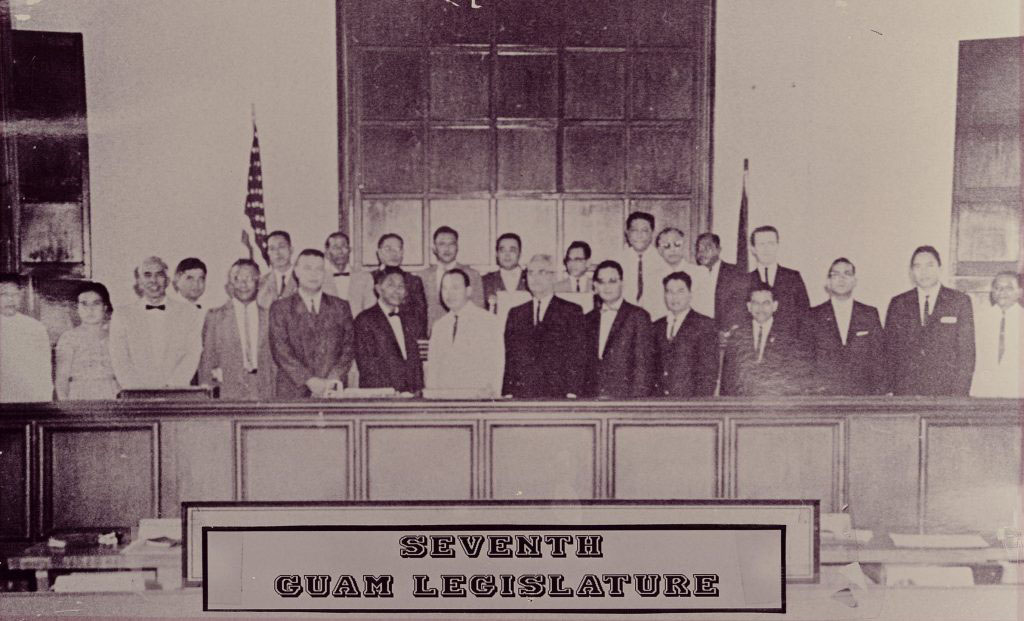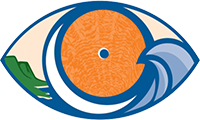About Us
Resources
Word Lists
Guam Place Names
CHamoru Archives
Genealogy Research Lab and Resources
Community Services
What's Happening?
Contact Us
Our Philosophy
Board Members Emplehao Siha
Employees I Seyon-Måmi
Our Logo Måpan Otganisasión
Organizational Chart Åkton Irensian CHamoru 2016
CHamoru Heritage Act 2016
Partnerships
Official Documents
Products
Projects
Symbols of Nationhood
Word Search App LISTAN ESPESIǺT
Specialized Lists DIKSIONÅRIU SIHA
Dictionaries
Scope of Authority MÅPAN ÅNTES SIHA
Historical Maps NÅ'AN I SENGSONG YAN OTRO LUGǺT SIHA
Village Names and Other Places with Traditional CHamoru Names NÅ'AN FINA'TÅNO' YAN MÅTAN HÅNOM
Geological Features FANHA'ANIYAN NÅ'AN LUGǺT
Calendar
Writings about the CHamoru Language TINIGE’ GI FINO’ CHAMORU
Writings in the CHamoru Language TINIGE’ PUT I MANAOTAO TÅNO’
Writings about CHamoru Culture and History FINATTA SIHA PUT CHAMORU
Multimedia Collections
Translations
Training on Guam CHamoru Orthography
Seal of Affirmation
Lifetime Achievement Awards
Board Meetings PARA PÅ'GO MO'NA
Current Events
Past Events
Contact Us
Hagåtña Restoration and Redevelopment Authority (HRRA) Bernice P. Bishop Museum
Dibisión Inestudion CHamoru yan Espesiǻt na Prugråma Siha
CHamoru Studies and Special Projects Division, Department of Education Dinanña’ Mamfáfa’na’gue
CHamoru Medium Education Consortium Dipåttamenton Kåohao Guinahan CHamoru yan i Inangokkon Inadahen Guåhan
Department of CHamoru Affairs and Guam Museum Eskuelan Maga’låhen Hurao
Maga’låhen Hurao CHamoru Academy Charter School GIHA
Guam Indigenous Heritage Alliance Håle’ Taotao Håya
CHamoru Roots Ináfa’maolek Ginen i Sengsong
Guam Mayors Council Inayudan i Manhoben
Summer Program Interns Kulehon Kumunidǻt Guåhan
Guam Community College Setbisión Bisitan Guåhan
Guam Visitors Bureau Umeyak CHamoru
LearingCHamoru.com Unibetsidǻt Guåhan
University of Guam US Geological Survey
Guam Hydrologic Survey
Public Laws
Executive Orders
Executive Proclamations
Legislative Resolutions
Publications
Learning Tools
Exhibits and Multimedia Collections
Annual Reports
Orthography Course
Word of the Day LINAKNGOS LINAKSE'
CHamoru Expert Interview Series NINA'FITMEN INEYAK CHAMORU
Teaching CHamoru Certification Program
Prayers, Novenas, and Songs
CHamoru Fluency and Proficiency Assessment Tools “Ti Atrasåsao” Kinalamten i Fino’-ta
“It’s Not Too Late” Revitalization Campaign
The Quest for Self-Determination CHAMORU KADA HA’ÅNI
CHamoru Everyday Interview Series HINENGGEN CHAMORU
Cultural Vignettes PUT I HISTORIAN CHAMORU
CHamoru Revisionist Historiography
CHamoru Cultural Dictionary Series BIÅHEN KIKO GI I ENGKANTǺO NA GIGIPU NA SÅKMAN
Kiko’s Adventure on the Magic Flying Proa I KÅNTAN HA’ÅNEN MANNÅ’I GRÅSIA
The Thanksgiving Day Song I MALINGU NA PÅTGON
The Lost Child Ineyak I Fino’ CHamoru Para Famagu’on
Children’s CHamoru Pictionary Series Tinanumi
The Story of Tinanumi Tiniroron Neni
CHamoru Nursery Rhyme Book Utugrafihan CHamoru, Guåhan
Guåhan CHamoru Orthography
P.L. 7-162 AND 7-174
1964, P.L. 7- 162 and 7-174 Legislation that created first Kumisión i Fino’ CHamoru
In the two decades following World War II, life in Guam for the CHamoru people was radically transformed. Arable land gave way to military installations built on land taken by eminent domain. A large service sector was needed for the military personnel that flooded the island after the Japanese Imperial Forces were defeated in 1944. Guam experienced a reconstruction and economic boom for which there was no comparison in its history. Super Typhoon Karen ravaged Guam in November of 1962. Another period of reconstruction and burst of economic activity followed. In his 1964 Annual Report to the U.S. Department of Interior, Governor Manuel F. L. Leon Guerrero wrote that “planning for the reconstruction brought a period of self-analysis for the territorial government.” It was in this historical context that the first Kumisión was established.
The Americanization of Guam was in full swing. English-only policies were enforced in schools and public places. While CHamoru was still the language of the home, it was becoming clear to island leaders that safety valves had to be put in place to mitigate the homogenizing effects of modernization and American citizenship. Aware of the increasing threat to language continuity, the 7th Guam Legislature, composed of emergent post-Organic Act political leaders, saw fit to enact two pieces of legislation that would establish and fund the first CHamoru Language Commission.

Image courtesy of the Guam Legislature website (www.guamlegislature.gov)
The Commission was charged with studying the antecedents of the CHamoru language, prescribing good usages, creating a dictionary and standardizing the language. The Marianas Orthography developed by a committee of distinguished representatives from throughout the Marianas created a spelling system which is still in use in Guam. It was formally adopted in 1983. This monumental achievement in standardizing the spelling of the CHamoru language was an outgrowth of the pioneering efforts of Dr. Donald Topping at the University of Hawaii who, with the assistance of Bernadita Camacho Dungca and Pedro Ogo, published a CHamoru dictionary and reference grammar which became the standard for teaching CHamoru. The updated Utugrafihan CHamoru, Guåhan is based on the Marianas Orthography. The CHamoru Language Commission was actively engaged until 1999 when it was decommissioned with the creation of the Department of CHamoru Affairs.
